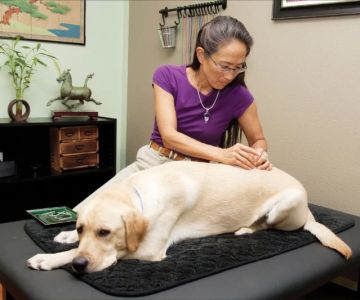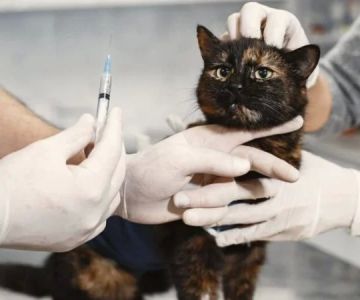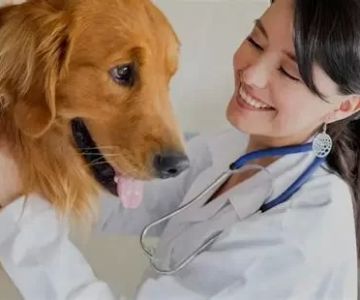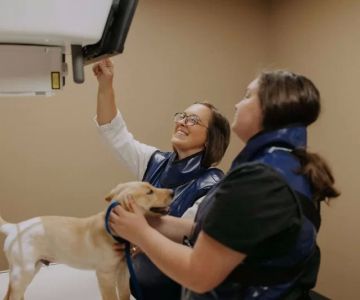Do Sonographers Work in Veterinary Rooms? Exploring Their Role in Veterinary Care
- 1. The Role of Sonographers in Veterinary Care
- 2. What Do Sonographers Do in Veterinary Settings?
- 3. Veterinary Sonography Technology
- 4. The Benefits of Sonography in Veterinary Practices
- 5. Training and Qualifications for Veterinary Sonographers
1. The Role of Sonographers in Veterinary Care
In veterinary care, sonographers play a vital role in diagnosing and monitoring the health of animals. While traditional veterinarians typically handle clinical examinations and treatments, veterinary sonographers provide essential support by using ultrasound technology to assist in diagnosing various conditions. Sonographers in veterinary rooms help with imaging techniques to visualize internal organs, tissues, and structures in animals, assisting veterinarians in making accurate diagnoses and treatment plans.
2. What Do Sonographers Do in Veterinary Settings?
Veterinary sonographers specialize in using ultrasound equipment to capture images of an animal's internal systems. This includes checking for conditions like tumors, internal bleeding, organ abnormalities, or pregnancy in animals. Much like their counterparts in human medicine, veterinary sonographers need to have a deep understanding of both the technology and the animal anatomy. They work closely with veterinarians, ensuring that the images they capture are clear and accurately interpreted to assist in treatment decisions.
3. Veterinary Sonography Technology
Advancements in veterinary ultrasound technology have made it an indispensable tool in modern veterinary medicine. With high-resolution imaging, veterinary sonographers can detect even subtle changes in an animal's health. The ultrasound equipment used in veterinary rooms is often portable, allowing veterinarians and sonographers to assess animals in various settings, including clinics, mobile units, or even farms. This flexibility allows for quicker and more accurate diagnoses, leading to better outcomes for the animals under care.
4. The Benefits of Sonography in Veterinary Practices
The use of sonography in veterinary medicine provides numerous benefits. It allows for non-invasive examination of internal organs and structures, which is less stressful for animals compared to other diagnostic methods like surgery. Veterinary ultrasound is particularly helpful in diagnosing pregnancy, abdominal issues, and heart problems in animals, offering early detection of conditions that might otherwise go unnoticed. Additionally, sonography can aid in monitoring the progress of treatments and guiding veterinary procedures, such as biopsies or fluid extractions.
5. Training and Qualifications for Veterinary Sonographers
Becoming a veterinary sonographer requires specialized training, often starting with a background in general sonography or veterinary technology. Many programs offer certifications in veterinary sonography, where students learn how to operate ultrasound equipment, understand animal anatomy, and interpret the results of imaging studies. With a mix of classroom education and hands-on practice, veterinary sonographers develop the skills needed to perform high-quality imaging and support veterinarians in diagnosing animal health conditions.









